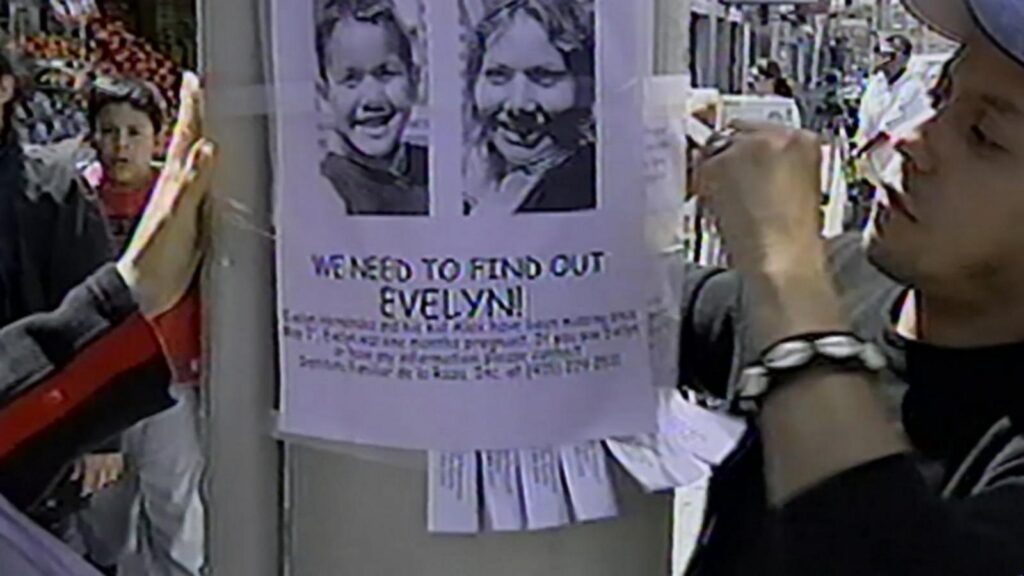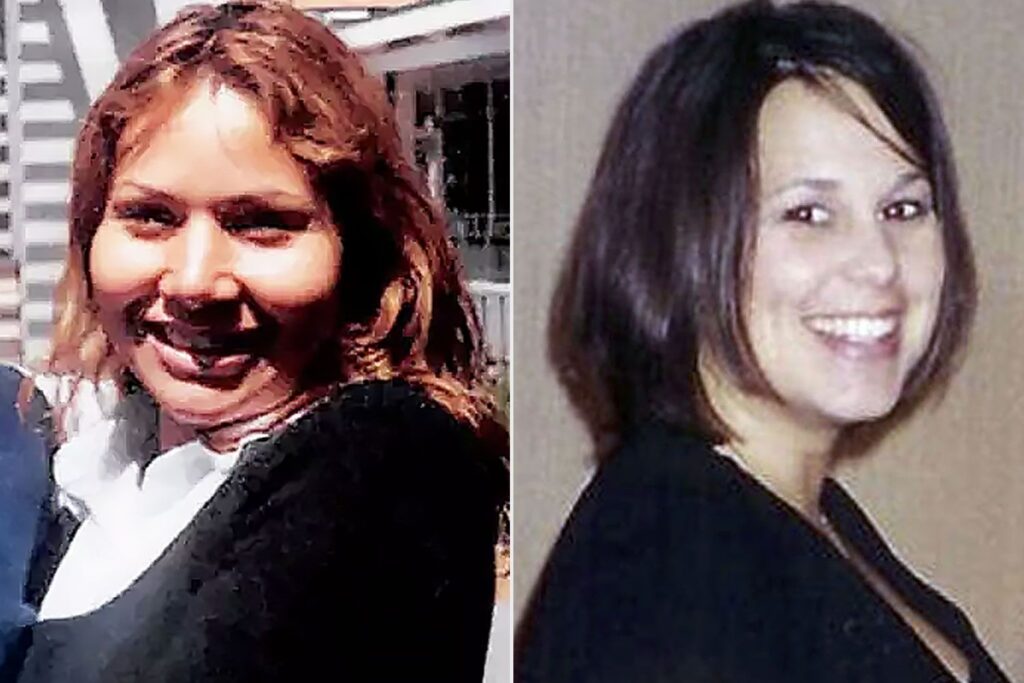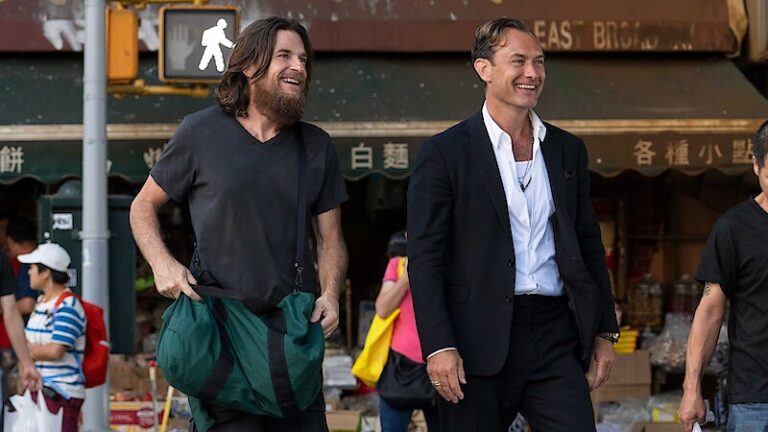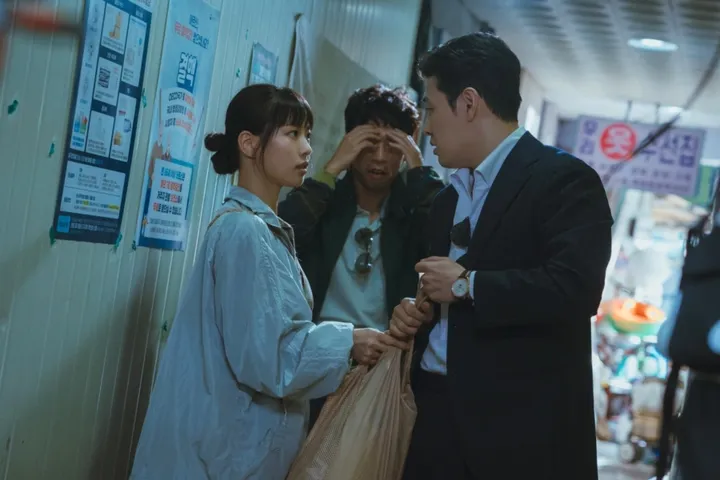“Murder Has Two Faces,” the new three-part docuseries from ABC News Studios now streaming on Hulu, shines a crucial light on the disparities in how society and the media perceive and remember victims of crime.
Executive produced and directed by Lisa Cortés and hosted with thoughtful gravitas by “Good Morning America’s Robin Roberts, the series doesn’t just retell tragic stories; it masterfully juxtaposes them with better-known cases, forcing viewers to confront uncomfortable truths about bias and the uneven pursuit of justice.
Unmasking Bias: Unequal Attention for Similar Crimes
Evelyn Hernandez, a young, pregnant Salvadoran immigrant who disappeared in San Francisco a few days before her due date in 2002, is at the heart of the series’ eerie story. Her story is disturbingly similar to that of Laci Peterson, a married, middle-class white lady who vanished from her Modesto home in the same year and whose body was grimly found months later in the San Francisco Bay.
Peterson’s case became a national preoccupation, dominating news cycles and resulting in her husband Scott’s high-profile conviction. Hernandez’s killing and disappearance, on the other hand, received a lot less attention; her killer is still at large, and her pregnant child and five-year-old son are still unaccounted for.

“Murder Has Two Faces” carefully outlines the connections between these two tragedies, emphasising the terrifying parallels in their untimely demises. Both women were pregnant, both vanished inexplicably, and both were eventually discovered with their bodies mutilated in the same body of water.
However, the series effectively highlights the gap in the media’s and public’s reaction. In contrast to the overwhelming attention and resources devoted to the Peterson investigation, the docuseries highlights Hernandez’s friends and family’s difficult battle to garner attention for her case through moving interviews.
Whose Story Matters? The Docuseries’ Core Question
The series doesn’t shy away from exploring the potential reasons behind this disparity. While it avoids explicit accusations, the implication is clear: factors such as race, socioeconomic status, and marital status likely played a significant role in shaping the narrative and the level of urgency assigned to each case. The docuseries subtly prompts us to consider why one woman’s disappearance became a national tragedy while another’s faded into relative obscurity.
In later episodes, “Murder Has Two Faces” expands its focus beyond the Hernandez-Peterson parallel to look at other cases that resemble more well-known crimes. The second episode explores the killings and disappearances of Chandra Levy, whose story equally enthralled the country because of her friendship with a lawmaker, and Joyce Chiang, a young lawyer with ties to Washington, D.C. power circles.

By contrasting these incidents, the show poses the question of whether the victims’ socioeconomic status or systemic problems affected the scope of the investigations and the media attention they received.
The final episode shifts focus to the dark world of online predators, drawing parallels between the “Craigslist Killer” and the lesser-known “Tagged Killer,” who both used social networking to lure women to their deaths. By featuring the harrowing account of a survivor, the series highlights the vulnerability of individuals in the digital age and the importance of recognizing patterns in seemingly disparate crimes.
How Is The Docuseries Overall?
The dedication of “Murder Has Two Faces” to providing a voice to the frequently disregarded victims and their families is what makes it so captivating. The honest and emotionally stirring interviews provide a profoundly human viewpoint on the terrible effects of these crimes and the additional suffering of believing that the stories of their loved ones were not given enough public recognition.
Moreover, Robin Roberts’ empathetic hosting provides a steady hand, guiding viewers through the complex narratives with sensitivity and a clear commitment to seeking truth and justice.
The documentary series effectively steers clear of sensationalism in favour of a careful and critical approach. Viewers can make their own judgments regarding the differences in media coverage and investigative focus because the facts are understandable.
“Murder Has Two Faces” offers an effective commentary on societal biases and the pressing need for a more equal approach to pursuing justice for all murder victims, regardless of their background, by contrasting these stories. It has a profound effect, making people consider whose experiences are shared and whose are ignored, as well as what it really means for justice to have two faces.
Also Read: Havoc Netflix Review
Conclusion
“Murder Has Two Faces” shows us that not all crime stories are treated the same. Some get a lot of attention, while others are forgotten. The show looks at cases that are similar but were handled very differently.
This makes us think about why some victims get more attention than others. It suggests that things like race and money might play a role. The series asks us to remember all victims and work towards a fairer system where everyone’s story is heard.


